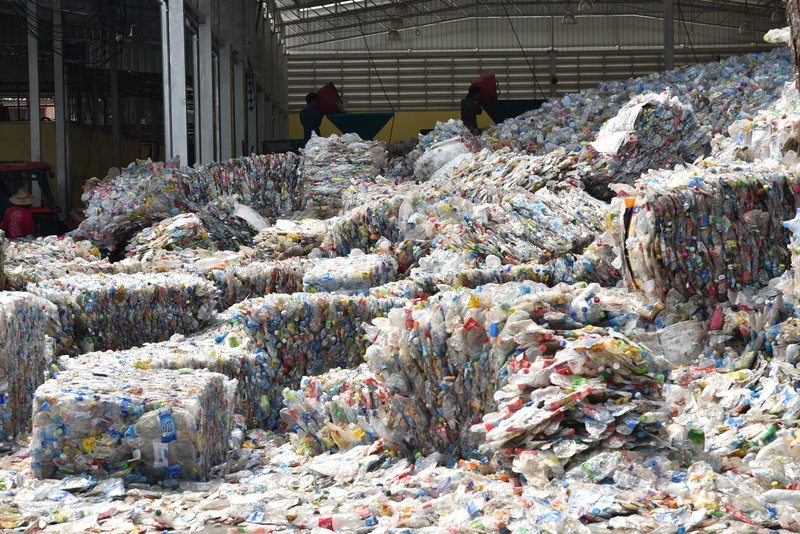
Brightmark says it is engaged in a “robust” sale process involving numerous interested parties, in response to allegations from a key creditor. | Serthayos Sansuwansri/Shutterstock
As of early this month, two dozen interested parties had signed non-disclosure agreements expressing interest in bidding on Brightmark’s Indiana chemical recycling facility, which filed for bankruptcy last month. A sale process is set to take place over the next few weeks, culminating May 9.
Brightmark’s pyrolysis facility in Ashley, Indiana, filed for Chapter 11 bankruptcy last month, indicating a plan to reorganize and pay debts through a full facility sale. The facility has been in development for over a decade but has yet to scale up to commercial level – as of mid-2024, the facility had processed a total of 4 million pounds of scrap plastic over its entire existence, and as of its bankruptcy it was operating at 5% capacity.
The facility received a loan of $185 million through the issuance of public bonds in 2019, debt that parent company Brightmark had been paying off while also funding the facility’s operations through equity payments. Brightmark contributed $44.6 million to the Indiana plant in 2024 alone, but recently decided it could no longer continue with that model and began the bankruptcy proceedings to facilitate a sale.
On April 4, U.S. Bankruptcy Judge Laurie Selberstein approved bidding and sale procedures and authorized a sale timeline that will have bids submitted by May 5, a sale hearing held on May 9, and the sale concluded by May 16.
Brightmark has until the end of day April 16 to select an initial bid (known as a “stalking horse” agreement) to start the auction.
Back-and-forth with bank reveals buyer interest
Before the court approved the sale process, an objection from the Indiana facility’s key creditor revealed the level of interest Brightmark has already received from potential facility buyers.
The Indiana facility’s major secured creditor is UMB Bank, a lender that was acting as a trustee and collateral agent on the bonds, essentially administering the loan.
UMB took issue with the proposed sale process, alleging in an April 1 filing that the Indiana subsidiaries of the chemical recycling company designed the sale process in such a way that the only viable bidder would be Brightmark, the parent company. The allegation was that Brightmark would essentially sell itself the plant, free and clear of the bank’s liens.
UMB also alleged Brightmark set up “an extremely and artificially expedited sale run by an advisor with no apparent experience in the field,” for the same goal. UMB asked the court to ensure Brightmark doesn’t use the bankruptcy “only as a crowbar” to separate UMB from its collateral.
But attorneys for Brightmark’s Indiana subsidiary countered in an April 4 court filing, describing a sale process that has been “robust by any measure.” By that point, Brightmark had reached out to 332 parties, including “strategic buyers, liquidators, private equity funds, and other financial institutions,” the attorneys wrote. “Parties are interested and active.”
Twenty-four parties had signed non-disclosure agreements by April 4, aiming to conduct additional due diligence. One party conducted a site visit, and 17 others accessed a “virtual data room” about the facility, Brightmark’s attorneys wrote.
They also wrote that the sale timeline was set by the amount of funding Brightmark committed to loaning its subsidiaries, which necessitates a nine-week sale process from the bankruptcy date to closing, they wrote.

